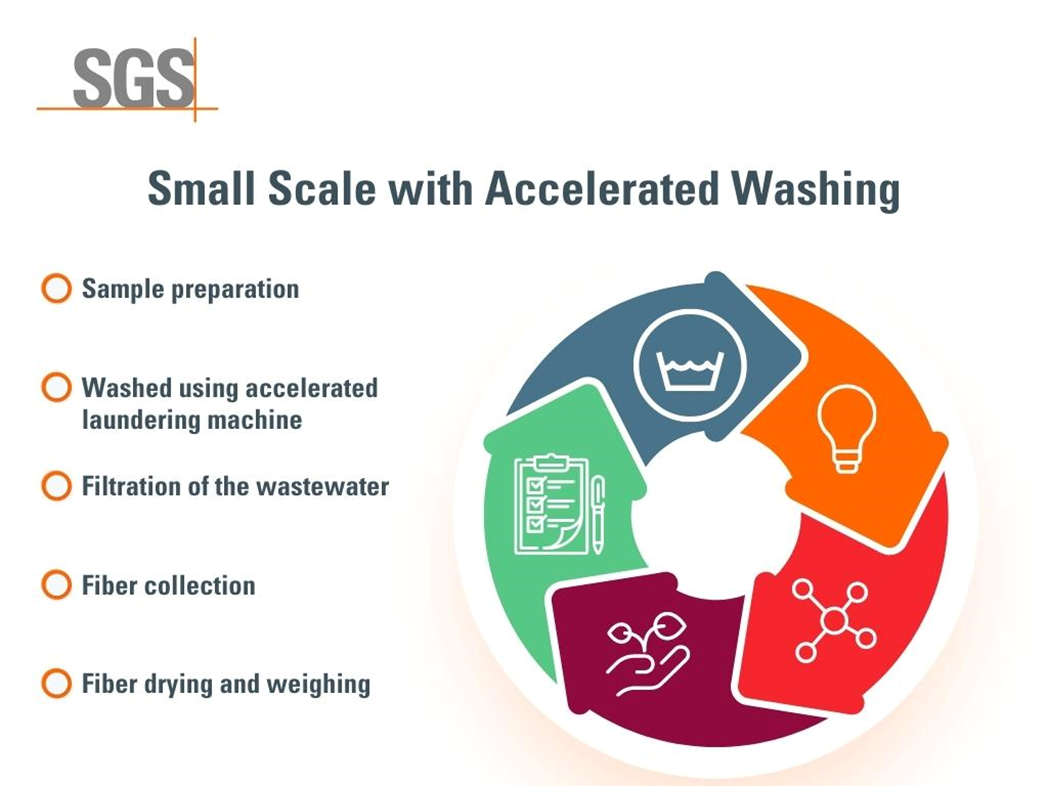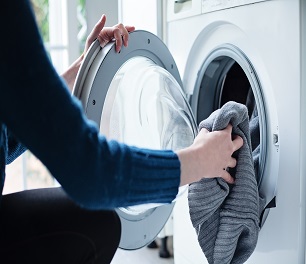The Growing Concern of Microfibers in Our Environment
2024.09.05
Awareness is increasing about the presence of microplastics in our seas, land, and air, along with their negative effects on ecosystems, animals, and human health.
How Are Microplastics Introduced Into the Environment?
One recognized source of microplastics is the wearing and washing of textiles made from synthetic (plastic) fibers. During washing, microfibers are stripped away and carried off by friction and turbulence in the washing machine. These tiny particles enter our wastewater and eventually make their way into the environment.
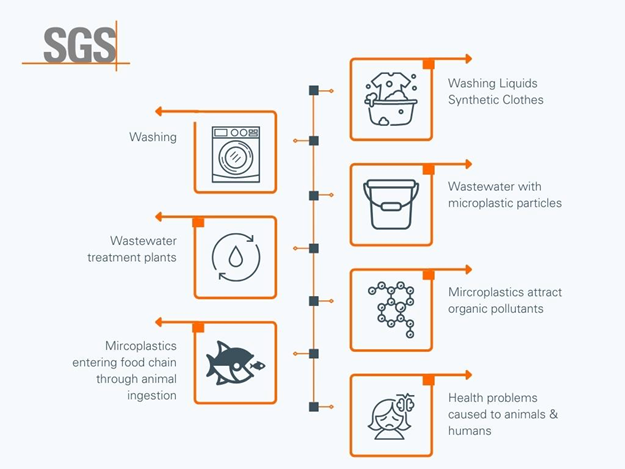
Addressing the Microfiber Pollution Problem
To tackle this pressing issue, various respected global organizations have developed evaluation methods to assess microfiber pollution.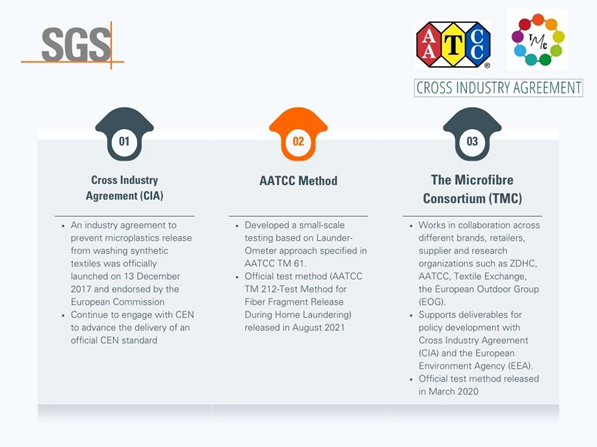
SGS has been at the forefront of microfiber research since 2016, aiming to create a robust and reproducible testing method that can be widely adopted across the industry to evaluate fiber-releasing performance.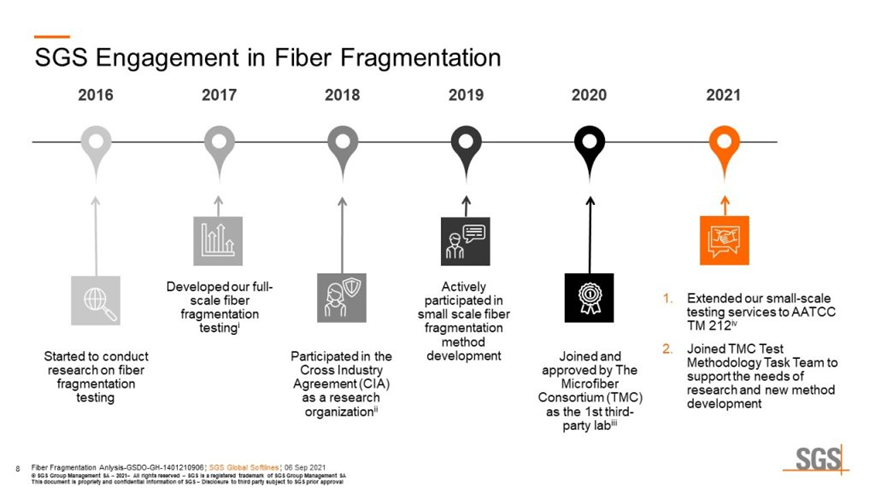
SGS's Role in Microfiber Testing
In April 2020, the Microfiber Consortium (TMC) approved SGS textile testing laboratories to conduct tests for TMC member organizations using their internal testing method. This new testing service focuses on the fiber-releasing performance of fabric materials, helping to understand how different fabric structures and treatment processes during production impact fiber release.
The method also allows for quicker access to microfiber releasing performance data through accelerated washing procedures.
Partnering with SGS for Reliable Testing
If you are a member of TMC, SGS can serve as your trusted testing partner in addressing the challenges posed by microfiber pollution in the textile industry. We provide reliable testing services in accordance with TMC methods.
Please subscribe and contact us at TIC Mall for more details.







